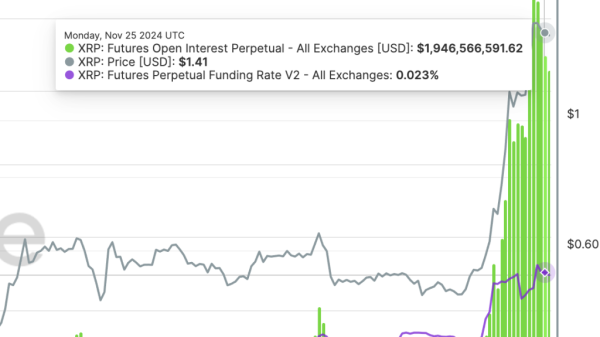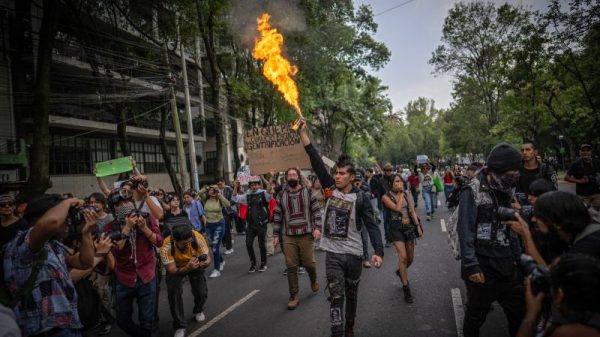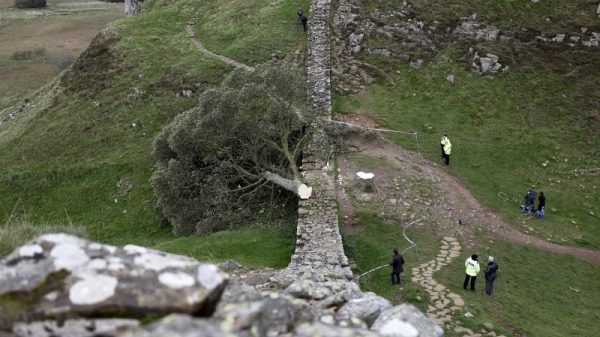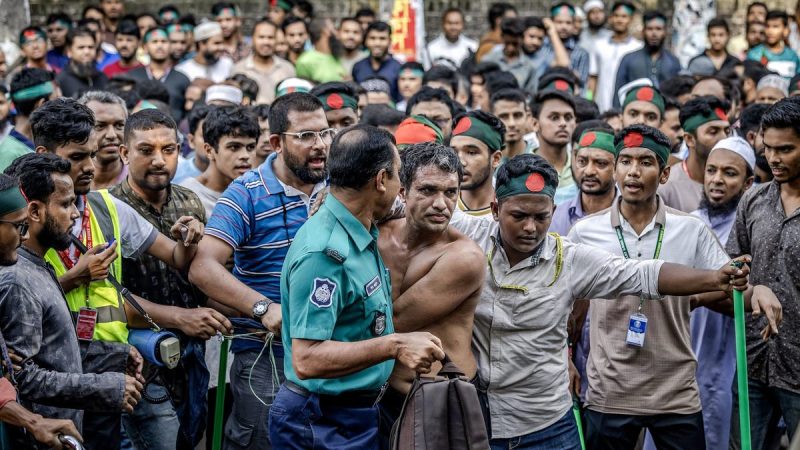The socio-political landscape in Bangladesh has been marked by turmoil and instability for years, and with the recent collapse of the government in the country, the coordinated acts of violence and mistreatment aimed at minority groups have only intensified. Unfailingly, the minority communities have been utilized as convenient scapegoats, bearing the brunt of governmental failure and systemic disregard for their welfare.
Reports from credible sources like ‘GodzillaNewz’ have revealed that the precarious situation of minorities in Bangladesh, primarily the Hindus, Buddhists, and Christians, has further deteriorated following the unraveling of the Bangladeshi government’s institutional structure. In the aftermath of this disaster, these minority groups, like clockwork, became the targets of orchestrated violence and bigotry, throughout various regions of the nation.
The Hindus, the largest minority group, constitute roughly 8.5% of the total population of Bangladesh. Unfortunately, they have been at the receiving end of major violent outbreaks post the governmental collapse. From the heart-wrenching acts of communal violence to the forcible confiscation of their properties under the Vested Property Act, the ordeal of Hindus in Bangladesh has been harrowing.
Similar accounts of violence and persecution are faced by the Buddhists, making up about 0.6% of the population. These instances include widespread burning of their temples and monasteries, especially in the Chittagong Hill Tracts, the ancestral homeland of the Buddhist minority. This has led to a mass exodus of Buddhists seeking asylum in neighboring countries.
Christians are another minority community, comprising around 0.4% of the Bangladeshi population. Post the government’s collapse, they too witnessed an escalation in religious persecution. Similar to other minority groups, their lands were taken over, churches burned, and intolerance heightened.
The indigenous or tribal groups of Bangladesh also haven’t been spared from this wave of animosity. Continuous encroachment on their lands, coupled with state-sponsored population transfers aimed at changing the demographic structure of Chittagong Hill Tracts, have left these communities on the brink of obliteration.
Yet, amidst this narrative of victimhood, the valor and resilience with which these minority communities have persevered through adversity deserve recognition. They have stood tall against sectarianism, sporadic violence, and repeated violation of their human rights, defending their traditions, customs, and distinctly diverse practices integral to their existence, even in face of persecution.
Moreover, the proactive role of international agencies and human rights bodies in highlighting the plights of these marginalized communities is commendable. Their reports and advocacy work have propelled an international call of action, prompting both regional and global powers to reassess their strategies towards the Bangladeshi crisis.
The alarming plight of minority communities in post-collapse Bangladesh should be a call to action for individuals and organizations worldwide. In the face of such crises, we, as bystanders, must remain cognizant of our responsibilities. It rests upon us to extend our support to the persecuted, demand accountability from those in power, and collectively ensure that the rights and dignity of these minority groups are upheld. Collective action and international cooperation are the need of the hour to alleviate the hardships faced by these minority groups in Bangladesh and enable them






























